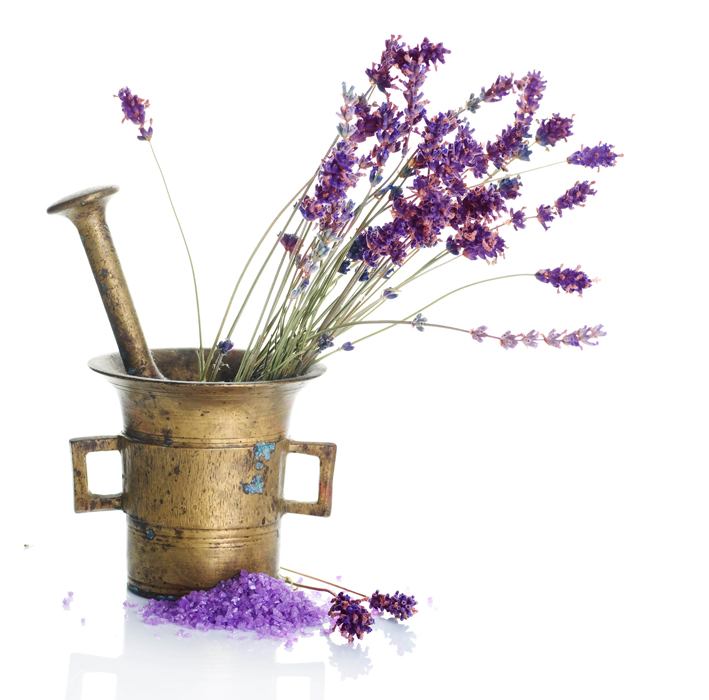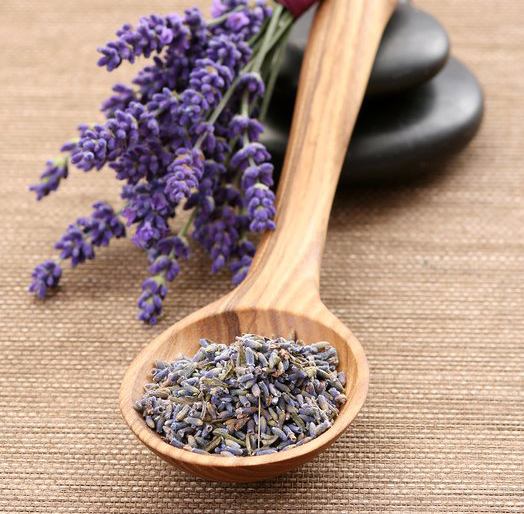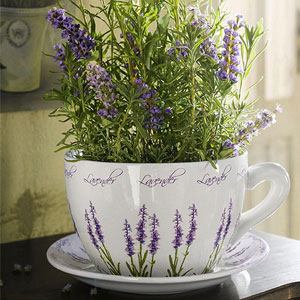Lavender is a recognized leader among cosmetic herbs. Lavender in cosmetology is quite versatile:
- leaves no marks from small cuts and wounds, smooths out scars;
- alleviates irritation and allergic reactions;
- treats pimples, acne, and blackheads;
- regulates the production of sebum;
- provides the skin with complete nourishment;
- has anti-inflammatory and antiseptic properties;
- tightens pores without clogging them;
- treats dandruff and strengthens hair.

Lavender for the Face
In cosmetic purposes, dried flowers and twigs of lavender are used for infusions and oil solutions, lavender essential oil . Thanks to its specific chemical composition , lavender accelerates cell regeneration, heals inflamed elements and boils, and removes red spots from healing acne. While caring for dry skin, lavender stimulates blood circulation, regulates the work of sebaceous glands, smooths out wrinkles, and nourishes the skin.
Lavender Tonic
Pour a glass of water over a twig of lavender and boil for 5-7 minutes. Let it steep for a day, strain, and add 4-5 drops of lemon essential oil and lavender oil. Shake before use. This tonic can also be used as a compress for particularly problematic skin - soak gauze in warm tonic and apply it to a clean face.
Milk and Lavender Tonic
A tablespoon of dried lavender flowers per half a glass of milk. Boil lavender in milk for 3-4 minutes, let it steep without straining. Store in the refrigerator. It is recommended to use before applying night cream - milk nourishes and brightens the skin, while lavender disinfects and stimulates skin regeneration.
Lotion with Lavender and Green Tea
For a glass of water, use a tablespoon of green tea without additives (preferably large leaf), a tablespoon of dried lavender flowers, and 3 tablespoons of vodka. Boil the tea and lavender for a few minutes, let it steep for a day, and then add vodka. Use this lotion to wipe your face after washing (not quite suitable for dry skin).
Lavender Oil for Masks and Creams
Place 3 tablespoons of lavender in a jar and pour a glass of hot base oil over it. Let it steep for 2 weeks in a dark place, strain, and shake before use.
Scrub with Lavender and Salt
Perfect for oily skin without obvious inflamed elements and pustules. Two teaspoons of fine sea salt, one teaspoon of lavender oil - apply with massage movements to the skin, and rinse off after 5-7 minutes.
Scrub with Lavender and Blue Clay
One teaspoon of sea salt, one teaspoon of blue clay, and one teaspoon of lavender oil - mix and apply with massage movements to the skin, then rinse off.
Lavender Oil Mask
One tablespoon of blue clay and one teaspoon of lavender oil - mix and apply to the face for 30 minutes. First remove the dried mask from the face, then wash.
Lavender Ointment
Antiseptic ointment-balm with lavender is prepared as follows: mix 100 grams of previously prepared lavender oil with two tablespoons of melted beeswax. Store in the refrigerator. Apply to wounds, eczema, chapped winter lips, and cheeks…
Lavender for Feet
If you suffer from dry heels, try applying lavender oil to the steamed feet at night. Wear cotton socks. If there are cracks in the heels, using soda for steaming may be a bit painful, but you shouldn’t refuse this bath.
Salt with Lavender
30 grams of sea salt, 5-7 drops of lavender essential oil, and one tablespoon of glycerin - add all ingredients to a basin of hot water and soak your feet until the water cools.
Lavender for Hair
Any shampoo, conditioner, or balm can be enriched with lavender essential oil. Just two drops of oil per serving of the product are enough.
You can also try brushing with lavender - drop a few drops of oil onto a wooden comb and gently comb your hair for 10 minutes.
Mask with Egg Yolk and Burdock Oil
For 2 tablespoons of warmed burdock oil, add 1 egg yolk and 4 drops of lavender essential oil. You can leave the mask on overnight or rinse it off with shampoo after 30-60 minutes.
Lavender can be grown in a pot on the windowsill , providing raw materials not only for cosmetic products but also for medical use .



